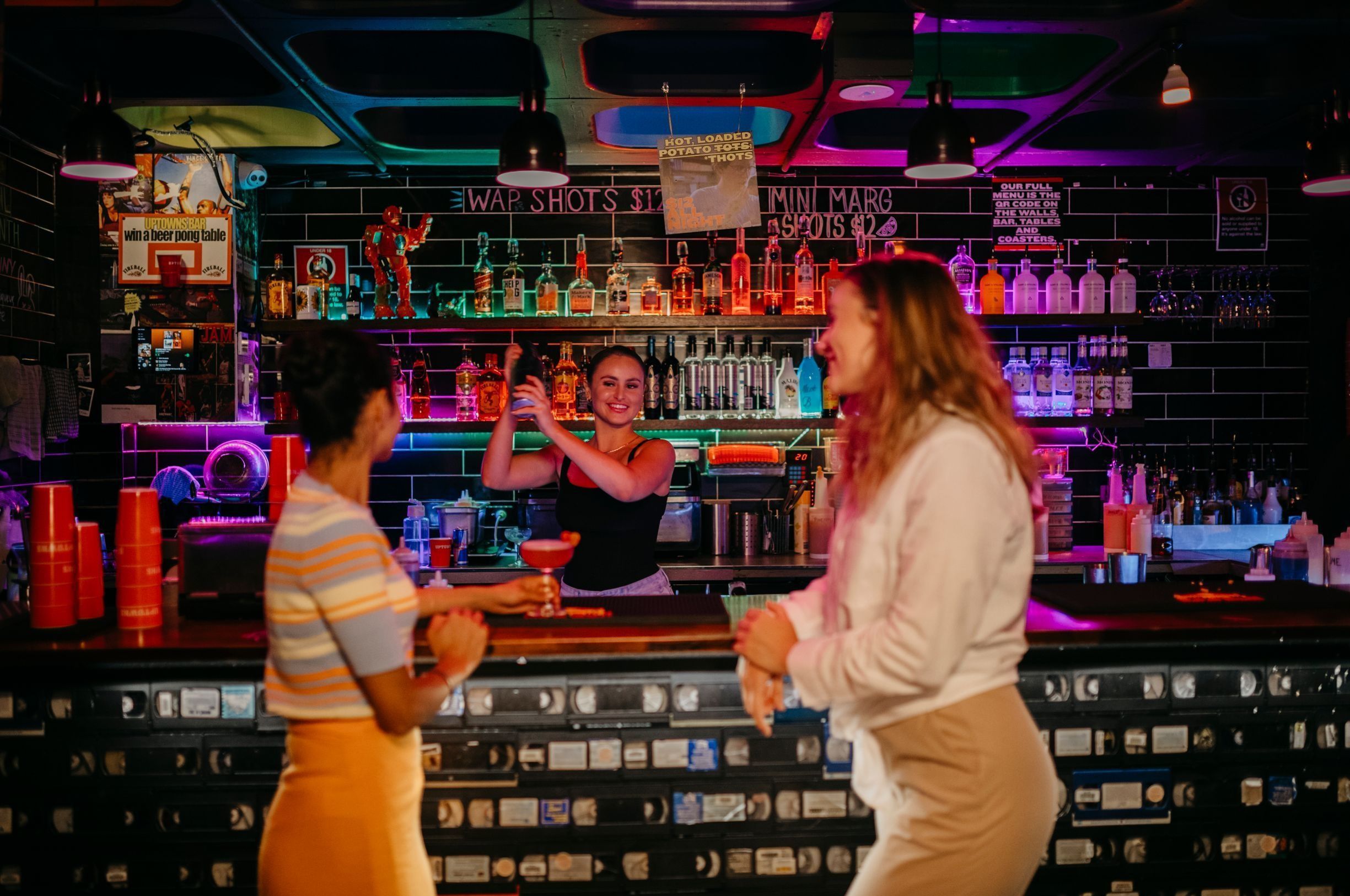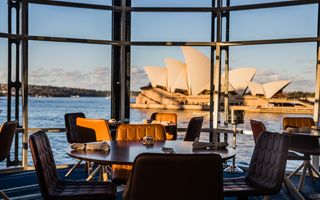The NSW Government has released a 24-Hour Economy Strategy, putting night-time workers in focus to make sure those who keep our state moving outside “9 to 5” have the same safety and amenity as those who do.
Workers on the night shift represent one in five, or 21 per cent of workers in NSW – or more than 870,000 people.
The refreshed NSW 24-Hour Economy Strategy, A New State of Night, outlines the work and programs of the Office of the 24-Hour Commissioner as it expands its remit to support night-time economies across the state, rather than just in Greater Sydney.
The strategy will move beyond a focus on the hospitality and entertainment economy to one that supports a myriad of night workers – such as nurses, doctors, paramedics, police, drivers, retailers, cleaners, security guards and workers in manufacturing and construction across the state. Despite the essential nature of their roles, these people are often in less secure work, are often paid less and have fewer transport options, fewer childcare options, reduced safety and less retail and food options.
Improving their experience requires a whole-of-government effort. Recent research has revealed people in NSW working between the hours of 6pm and 6am is forecast to grow by between five per cent and 13 per cent by 2031, implying a structural shift in the way the NSW economy operates, with a larger proportion of people working during the night.
The NSW Government has been working to support the state’s night-time economy and improve vibrancy by changing regulation and legislation that constrains businesses.
The second tranche of the Government’s vibrancy reforms coming later this year will propose to remove more red tape and provide greater support for special events and hospitality and live music venues.
This strategy places a strong emphasis on data collection to inform policy development to ensure the NSW Government, local councils and private sector partners can effectively balance the night[1]time revival, safety and public amenity. An example of how the strategy will work in action is how the NSW Government supporting workers in the Randwick Health and Innovation Precinct, one of the state’s most concentrated night workforce areas, with 4500 night-time workers.
The precinct is open around the clock and home to three hospitals, a major university and five medical research centres. Workers across the precinct and the wider community will benefit from a raft of programs designed to enhance safety and activation including:
• $600,000 for Spot On, through the Permit/Plug/Play and Open Streets programs, to support collaboration across local businesses to unlock the potential of public streets and spaces
• $400,000 in Community Improvement District funding backing businesses to get organised, with government, and make the most of their public spaces and local character to draw more visitors and more life to their district.
• $200,000 for Heart of Randwick in the Uptown program, to support greater collaboration between the health and education campuses, businesses and the council to amplify its night-time offerings
The precinct also recently received $500,000 in Safer Cities funding, to improve lighting and safety particularly for workers going to and from work after dark.
Other night-time worker centres include Port Kembla, a manufacturing hub with over 3,500 night[1]time workers. In Liverpool, the Health and Academic Precinct employs around 4500 night-time workers.
Another focus will be the new Western Sydney Airport precinct which will run 24/7 and will grow to employ around 200,000 people. As part of the strategy, the Office of the 24-Hour Commissioner will consult across industry to identify the pain points and bring a whole-of-government approach to solving these issues.
Minister for Roads, Music and the Night-time Economy and Minister for Jobs, John Graham said: “Night-time workers make up 21 per cent of the NSW workforce. They play an important role in our communities and economies. They are nurses, doctors, paramedics, police, drivers, retailers, cleaners, security guards and workers in manufacturing and construction.
“They are often paid less and have less secure work. “This growing group of essential workers deserves safe environments and adequate services. They should be able to get a coffee before they start work or a decent meal when they finish.
“Meeting their needs represents an enormous opportunity for the night-time economy. But this requires us to plan as well for the night as we do for the day.
“This strategy has an emphasis on data to both measure results as well as design better policy interventions.
“We will continue to work alongside industry, businesses, councils and communities across NSW to ensure our state’s night-time economy reaches its true potential.
“Our goal is to highlight our state as a safe and exciting night-time destination – not just for people looking for a great night out but for the people working hard to keep our state running at night.”
24-Hour Economy Commissioner Michael Rodrigues said: “The Strategy we have developed is purposefully ambitious, but it is also full of practical ideas, solutions and strategic opportunities to bring our vision to life.
“We know that people, especially night workers, want more amenity and safety at night – especially with the industry expected to grow by five per cent to 13 per cent by 2031. This includes activating outdoor spaces, diversity of offerings and safe, accessible transport.
“We know that positive outcomes are possible when State Government, local councils and industry line up behind one plan. And with our work now extending across the state, it’s appropriate we have a strategy that continues to unite stakeholders to ensure NSW is as vibrant at night, as it is during the day.”
Member for Coogee, Marjorie O’Neill said: “The Randwick Health and Innovation Precinct operates 24/7, with staff across emergency, wards, portering, catering, and support services always ready to serve.
“We are working with the Precinct partners and district to improve our streetscapes and make better connection to our local communities. We are grateful for the Community Improvement District and Uptown Programs that enable us to make the Precinct safer and more vibrant for our workforce, students and local communities.”
South Eastern Sydney Local Health District CEO Tobi Wilson said: “At the Randwick Health and Innovation Precinct, there are staff onsite 24 hours a day 365 days a year from those ready for us in the emergency departments to ward staff, porters, catering and support staff. “We are working with the Precinct partners and district to improve our streetscapes and make better connection to our local communities. We are grateful for the Community Improvement District and Uptown Programs that enable us to make the Precinct more vibrant for our workforce, students and local communities.”
The 24-hour Economy Strategy will serve as the NSW Government’s new blueprint to cement NSW as a safe, worldclass nightlife destination for visitors, locals and workers alike.
The refreshed strategy’s five key pillars are:
• An Enabling Regulatory Framework – Regulatory and legislative amendments aimed at bringing back vibrancy to enable diverse, sustainable and safe night-time economies across NSW.
• Vibrant Coordinated Precincts and Places – Fostering collaboration among businesses, councils and other stakeholders to support precinct building and place-based economies.
• Night-time workers, culture and industry collaboration - Collaborate across government and industry to support night-time workers, businesses and cultural entrepreneurs to thrive in the 24-hour economy.
• Safety, Mobility, Access and Inclusion – Enabling ease of movement to and from precincts while championing the wellbeing and safety of all within the night-time economy.
• Authentic Storytelling – Celebrating the unique stories of our districts and promoting the experiences they offer to locals, visitors and workers.
For more information, visit: www.nsw.gov.au/business-and-economy/24-hour-economy/24-hour-economy-strategy
.jpg?rect=0,124,2449,1378&w=320&h=180&fit=min&auto=format)


